Recent Advances in Stroke Therapeutics
Strokes are a leading cause of brain injury that strike approximately 800,000 people per year in the US alone, killing about 150,000 meaning one death in every four minutes. According to World Health Organization, 15 million people suffer strokes worldwide each year and out of these, 5 million die and another 5 million are permanently disabled. Despite advances in stroke research during last decade, current strokes remain a vexing public health problem. Even with the onset of the 21st century, there is still no effective therapy for strokes beyond a limited group of patients who are treated with thrombolytics, which have significant adverse effects. This situation prevails despite intense research efforts and numerous clinical trials that have attempted to develop drugs to reduce morbidity and mortality from strokes. So far, drug development efforts have targeted modulators of ion channels (Ca2+and Na+), scavengers of oxygen radicals, and antagonists of excitotoxic neurotransmitters (primarily glutamate and glycine receptors). Despite tremendous progress in understanding the pathophysiology of a stroke, translation of this knowledge into effective therapies has largely failed, with the exception of thrombolysis, which only benefits a small proportion of patients. Systemic and local immune responses have important roles in causing stroke and are implicated in the primary and secondary progression of ischaemic lesions, as well as in repair, recovery, and overall outcome after a stroke. However, potential therapeutic targets in the immune system and inflammatory responses have not been well characterised. The development of novel and effective therapeutic strategies for strokes will require further investigation of these pathways in terms of their temporal profile (before, during, and after stroke) and risk-to-benefit therapeutic ratio of modulating them.
{{comment.content}}
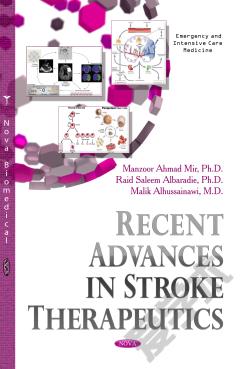
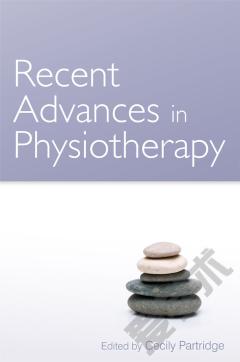

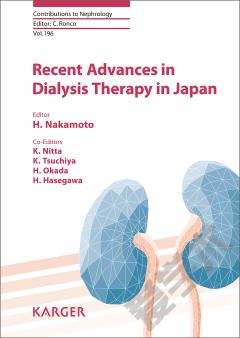
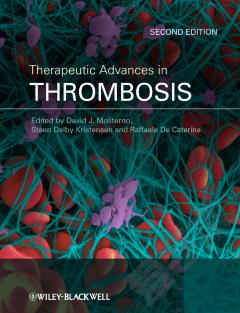
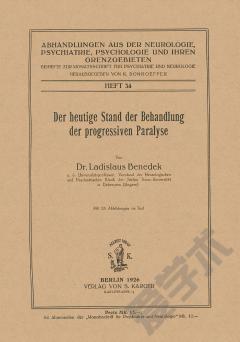
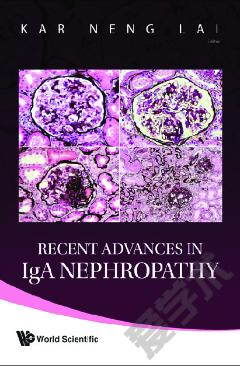

 京公网安备 11010802027623号
京公网安备 11010802027623号